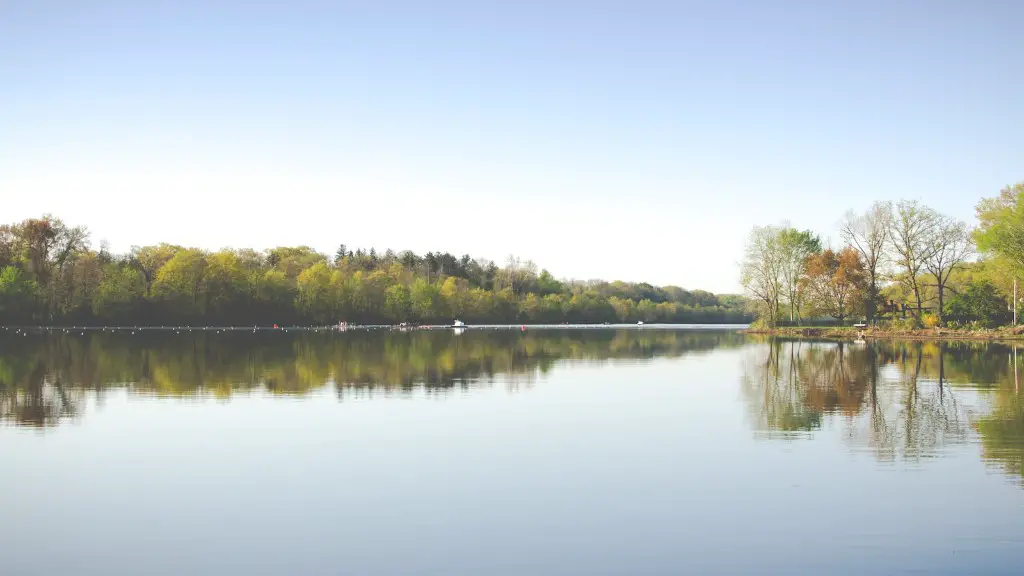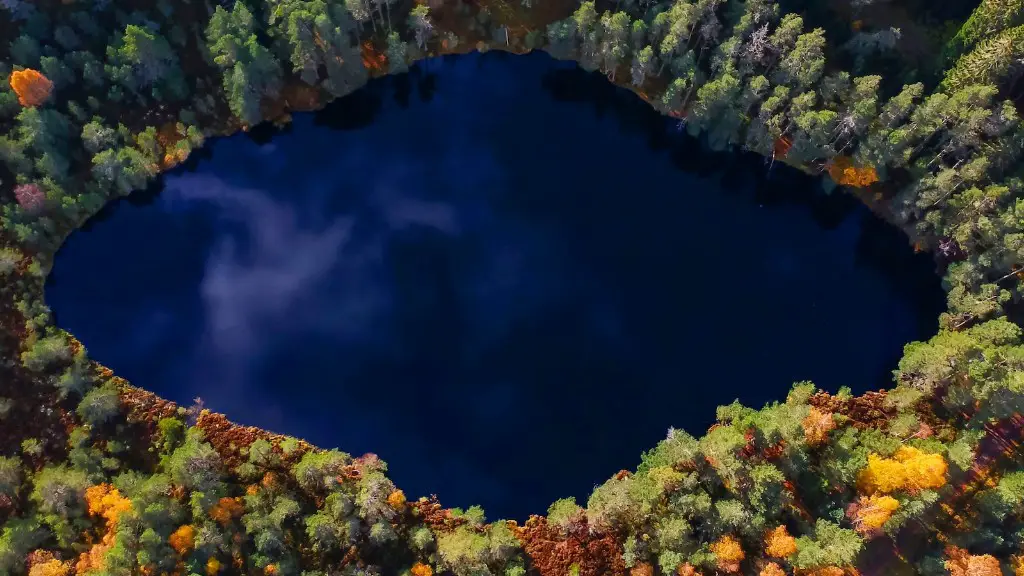Fishes
Lake Victoria is one of the great lakes of Africa and is home to an incredible range of fishes. It is the second largest freshwater lake in the world and is famous for its fish, which attract fishermen from all around the world. The most impressive species of fish in Lake Victoria is the Nile Perch. It is a large carnivorous fish that weighs up to 175 kilograms. It feeds on smaller fish, frogs and other aquatic animals. Other species of fishes include Tilapia, catfish, cichlids, sardines and many more.
The fishermen of Lake Victoria have been fishing in the lake for centuries, and they continue to rely on the fish for their livelihoods. They use traditional methods such as gillnets and basket traps. These methods are very effective and sustainable, and have been used for hundreds of years. The introduction of modern fishing equipment has increased catches and improved the quality of life for fishermen.
However, in recent years, the number of fish in Lake Victoria has decreased drastically. Pollution, overfishing and the introduction of alien species have all contributed to the decline. This has had a devastating effect on the local fishing communities, as well as the wider environment. It is the responsibility of everyone to ensure that the lake’s sustainable management is maintained.
Mammals
Lake Victoria is home to an array of fascinating mammals. These include several species of otters, hippos, crocodiles, water buffalo and bush pigs. The most impressive of these is undoubtedly the Nile hippo. These impressive animals can weigh up to three tonnes and can be found wallowing in the shallows of the lake. The population of hippos has recently been increasing, thanks to the conservation efforts of local authorities.
Two other fascinating species are the spotted-necked otter and the marsh mongoose. The spotted-necked otter is the most common species of otter in Lake Victoria and can be seen playing in the reeds and swimming around in the shallows. The marsh mongoose is an elusive species, but it can sometimes be seen basking on rocks near the waters edge.
Aquatic Plants
Lake Victoria is abundant in aquatic plants, which are an important part of its ecosystem. Aquatic plants are essential for providing habitats for fish and other aquatic creatures, as well as absorbing pollutants from the water. The most common species of aquatic plant in Lake Victoria are water lilies and milfoil. Water lilies have large round leaves that are usually green or reddish in colour. They are a food source for many organisms, and their leaves provide shelter for fish. Milfoil is a type of submerged aquatic plant that is well adapted for growth in the lake. It has long thin stems and small feather-like leaves that provide shelter for small fish.
Birds
Lake Victoria is a haven for many species of birds. Flocks of birds can be seen in the skies and on the lake. The most iconic species is the white-winged black tern, which has a dramatic white stripe across its wings. Other birds such as cormorants, pelicans, seagulls, gannets and plovers can also be seen around the lake.
The lake is an important feeding and nesting area for many of these birds and they come here in large numbers during the breeding season. The lake is also important as a resting place for many migrating species, which use it as a stopover before continuing on their journey.
Invertebrates
Lake Victoria is home to a variety of aquatic invertebrates, such as insects and crustaceans. Insects such as dragonflies, damselflies and water beetles can be found buzzing around amongst the reeds. Also found in abundance are the tiny water fleas, which are an important part of the food web.
Crustaceans such as crayfish and crabs can also be found in the lake. The most common species is known as the ‘mukene’, which lives in shallow waters and feeds on small insects, molluscs and other aquatic plants.
Reptiles
From the giant Nile crocodiles to the tiny but deadly black mamba, Lake Victoria has a wide variety of reptiles. The most impressive of these are the Nile crocodiles. These massive predators are usually found lurking in the shallows, waiting to pounce on their unsuspecting prey. They can weigh up to 500 kilograms, so they are a force to be reckoned with!
There are also several species of turtles. The most common is the African Helmeted Turtle, which can be found basking on rocks or logs near the lake. The Speckled Wood Turtle is a much rarer species, but it can still be found in isolated areas of the lake.
Human Impact
The health of the lake and its inhabitants is closely linked to the human population of the region. Over the past few decades, the population of the lake’s shoreline communities has grown exponentially. This has led to an increase in pollution, overfishing and other human-induced pressures on the lake. These issues need to be addressed if we want to protect the lake’s unique ecosystem.
Human activities can also take a more positive form. Conservation projects run by local authorities are helping to protect some of the lake’s most threatened species. The most successful of these have been the efforts to protect the Nile hippo, which have seen their population increasing in recent years.
Effects of Global Warming
Climate change is having a huge impact on Lake Victoria and its inhabitants. Global warming is causing the lake’s water levels to fluctuate dramatically, putting pressure on the fish populations. The increased temperatures also make it harder for some species to survive, reducing their numbers.
Furthermore, the changing conditions have also contributed to the spread of invasive species, such as the water hyacinth. This plant is choking the lake, reducing fish stocks and impacting the livelihoods of local people. It is therefore essential that the effects of climate change are addressed in order to protect the lake’s fragile ecosystem.
Protected Areas
In order to protect the lake’s ecosystem, the governments of Tanzania, Uganda and Kenya have declared protected areas along the shoreline. These areas are home to some of the lake’s endangered species, such as the rare white-winged black tern. They also provide essential habitats for many fish, mammals and birds.
In addition, the governments of the three countries have collaborated to set up the Lake Victoria Basin Commission. This organisation works to protect the lake’s ecosystem and promote sustainable management of its resources.
Education and Awareness
Education and awareness are essential if we want to protect Lake Victoria. Local people must be made aware of the importance of the lake and the need to conserve its resources. This can be done through the media, schools and other initiatives. It is also important to create an environment in which the Government and other stakeholders are able to cooperate and work together.
In order to make conservation efforts more effective, it is necessary to have comprehensive data on the lake’s ecosystem. Managers must have access to accurate information on water levels, species populations and other vital information. This will enable them to identify problems and develop effective solutions.
Conclusion
Lake Victoria is an incredibly diverse and complex ecosystem. It is home to an incredible variety of plants, animals and humans. It is therefore essential that we take steps to protect it and ensure that its resources are managed sustainably. This can only be done through education, awareness and collaboration. There are many organisations and projects working to protect the lake, and everyone must work together to ensure its future.


